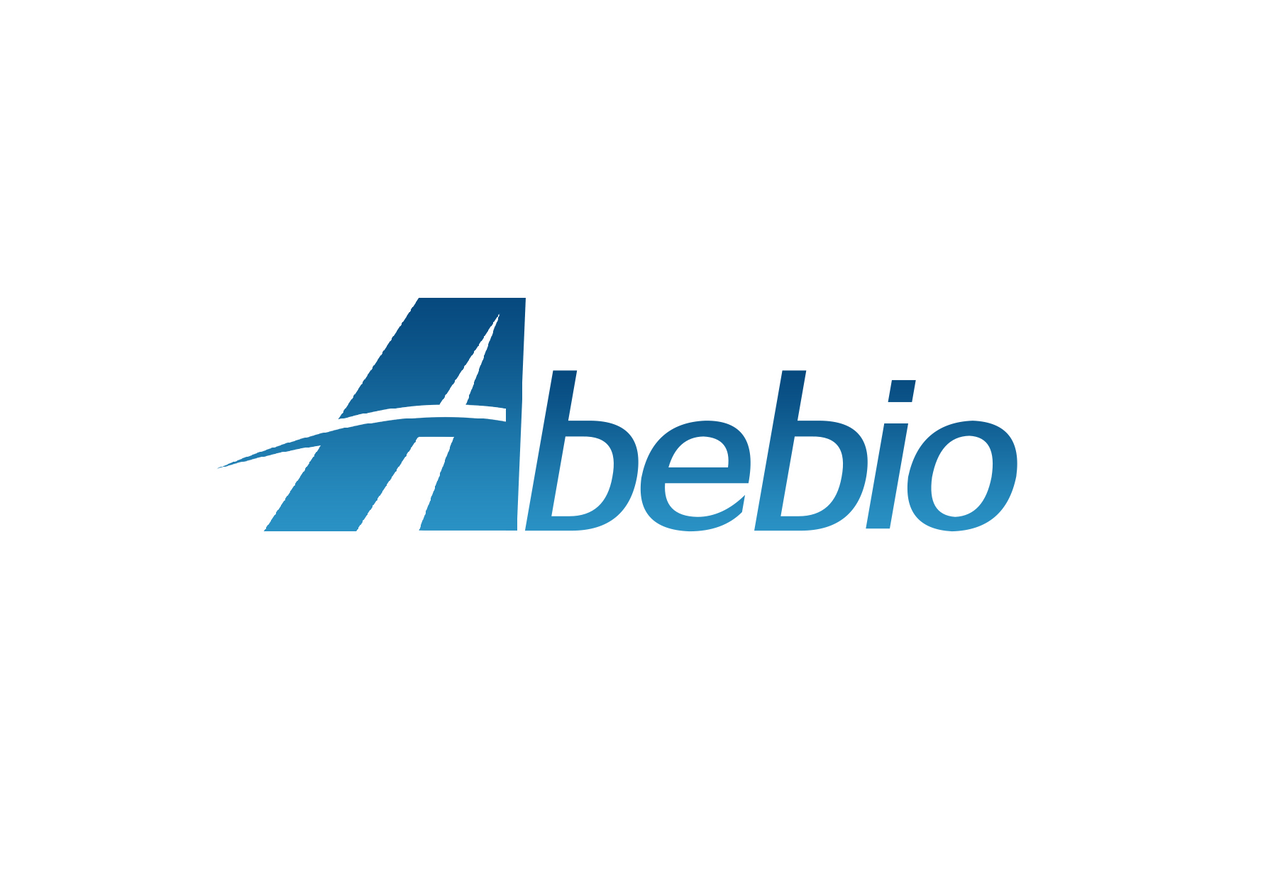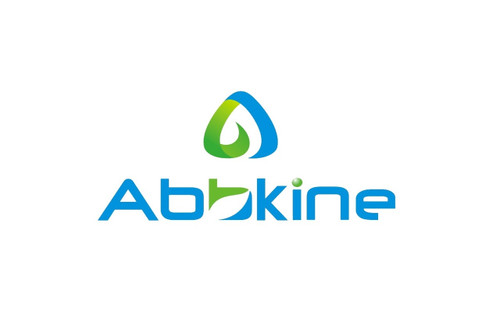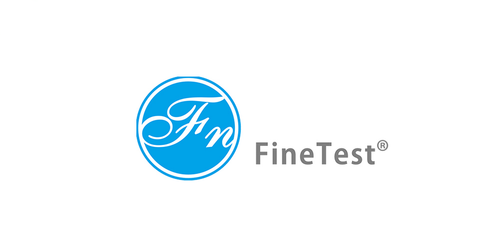Product Description
Human Retinoic acid receptor RXR-alpha (RXRA) ELISA Kit | AE20963HU | Abebio
Species Reactivity: Human (Homo sapiens)
Abbreviation: RXRA
Alternative Name: FLJ00280; FLJ00318; FLJ16020; FLJ16733; MGC102720; NR2B1;
Application: ELISA
Range: 0.312-20 ng/mL
Sensitivity: 0.117 ng/mL
Intra-Assay: ≤6.3%
Inter-Assay: ≤8.5%
Recovery: 0, 97
Sample Type: Serum, Plasma, Other biological fluids
Detection Method: Sandwich
Analysis Method : Quantitive
Test Principale: This assay employs a two-site sandwich ELISA to quantitate RXRA in samples. An antibody specific for RXRA has been pre-coated onto a microplate. Standards and samples are pipetted into the wells and anyRXRA present is bound by the immobilized antibody. After removing any unbound substances, a biotin-conjugated antibody specific for RXRA is added to the wells. After washing, Streptavidin conjugated Horseradish Peroxidase (HRP) is added to the wells. Following a wash to remove any unbound avidin-enzyme reagent, a substrate solution is added to the wells and color develops in proportion to the amount of RXRA bound in the initial step. The color development is stopped and the intensity of the color is measured.
Product Overview: Retinoid X receptor alpha (RXR-alpha), is a nuclear receptor.Retinoid X receptors (RXRs) and retinoic acid receptors (RARs), are nuclear receptors that mediate the biological effects of retinoids by their involvement in retinoic acid-mediated gene activation. The protein encoded by this gene is a member of the steroid and thyroid hormone receptor superfamily of transcription factors. This receptor differs from the other 3 RARs within the ligand-binding domain and is incapable of high affinity binding of retinoic acid itself. The retinoic acid, thyroid hormone, and vitamin D receptors, as well as the retinoid X receptor, activate transcription from response elements containing 2 or more degenerate copies of the consensus motif AGGTCA.
Stability: The stability of ELISA kit is determined by the loss rate of activity. The loss rate of this kit is less than 5% within the expiration date under appropriate storage condition. The loss rate was determined by accelerated thermal degradation test. Keep the kit at 37°C for 4 and 7 days, and compare O.D.values of the kit kept at 37°C with that of at recommended temperature. (referring from China Biological Products Standard, which was calculated by the Arrhenius equation. For ELISA kit, 4 days storage at 37°C can be considered as 6 months at 2 - 8°C, which means 7 days at 37°C equaling 12 months at 2 - 8°C) .
 Euro
Euro
 USD
USD
 British Pound
British Pound
 NULL
NULL












